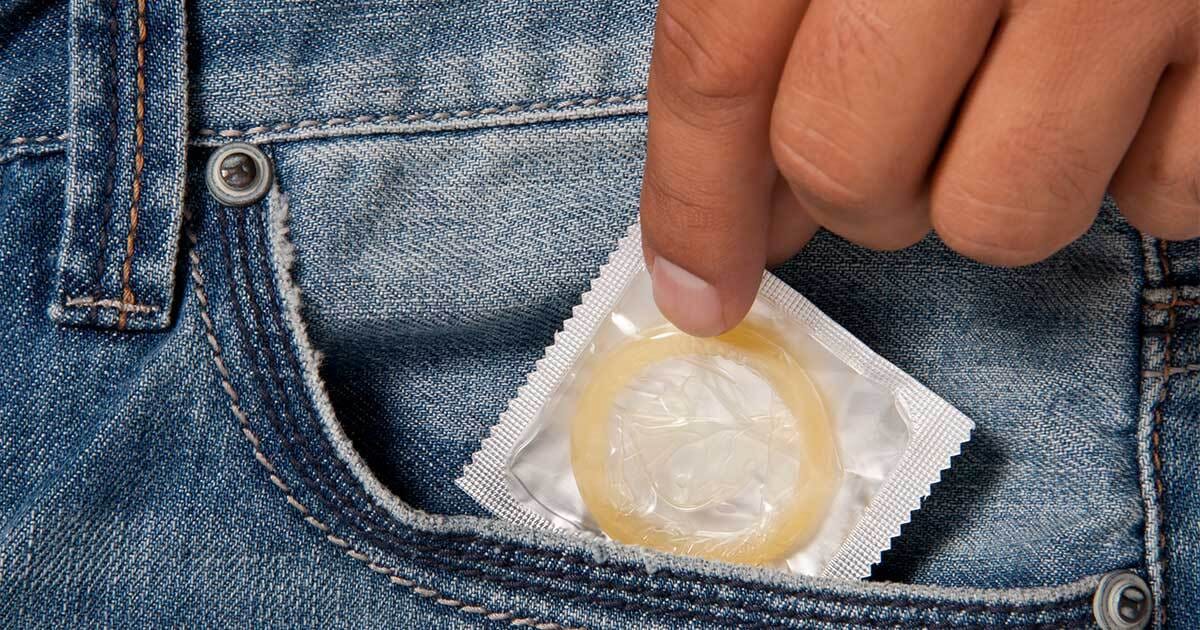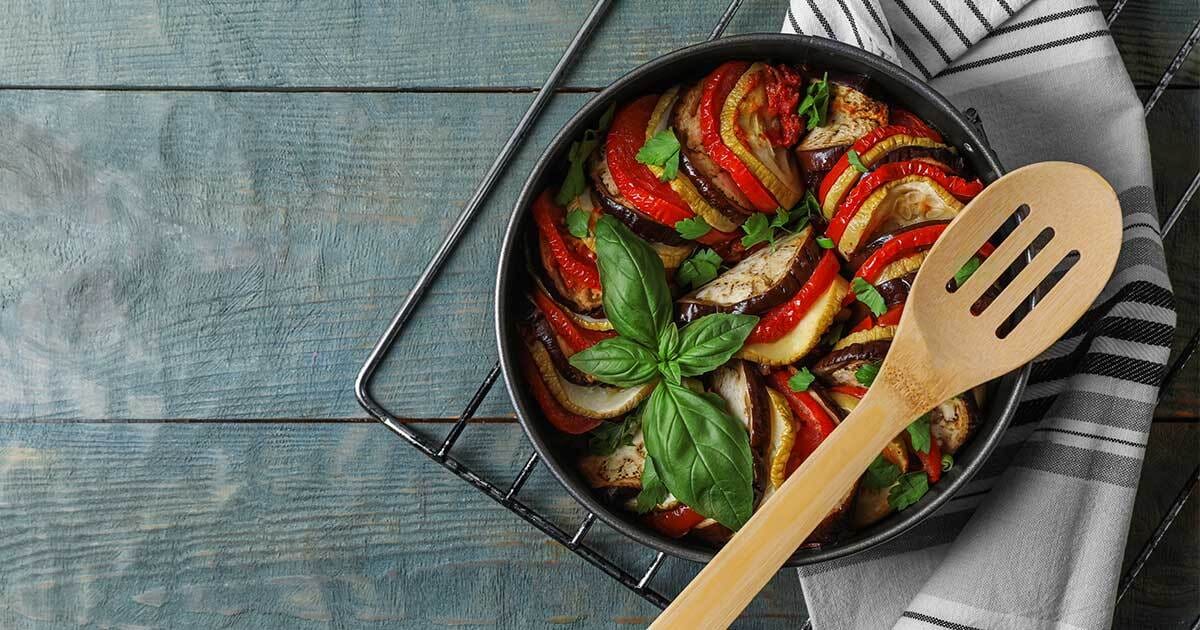- NonToxic Dad Newsletter
- Posts
- Non-Toxic Dad News: Feb. 22, 2024
Non-Toxic Dad News: Feb. 22, 2024
Hello Non-Toxic Friends!
Welcome to this week's edition of the Non-Toxic Dad newsletter!
With a heavy heart, I bring to your attention a pressing issue concerning what many of us have believed to be a safe cooking companion in our kitchens - silicone cookware. Recent findings have shed light on a rather unsettling truth: when heated beyond 200°, silicone cookware releases harmful chemicals known as siloxanes into our food and the air we breathe.
The implications of these findings are far-reaching, with siloxanes being linked to serious health concerns, including liver and thyroid damage and, alarmingly, an increased risk of uterine cancer. This revelation challenges the widely held perception of silicone molds and utensils as a non-toxic alternative in our culinary toolkit.
Adding to the concern, it's not just silicone cookware that's under scrutiny. Even the seemingly harmless unbleached parchment paper, a staple in many baking endeavors, comes coated with silicone, posing a similar risk of siloxane leaching.
In light of these findings, it's time for us to reevaluate our kitchen practices. This week, we'll explore safer cooking alternatives that don't compromise our health. From the timeless reliability of ceramic, glass, and stoneware to the sleek durability of stainless steel, there are ample options to ensure our meals remain delicious and free from unwanted toxins.
Fear not for those who can't part with the convenience of non-stick surfaces. Simple, natural solutions exist, such as coating your cookware with organic oils like coconut, olive, butter, or ghee, offering a safe and effective way to keep your food from sticking without the risks associated with synthetic non-stick coatings.
Remember, a little extra effort in preparation can lead to a lifetime of well-being for you and your loved ones. Let's choose a non-toxic kitchen together.
Stay safe, stay informed, and, as always, happy cooking!
-Non-Toxic Dad
This Week on Social Media, I talked about:
 |
Blog Spotlights:
Too Good To Be True: Silicone is Toxic
Do you ever find yourself marveling at the rainbow of silicone cookware in your favorite home goods store? I mean, who wouldn't want to add a pop of color to the mundane task of baking or roasting? But hold on to your spatulas, because I've stumbled upon something that might just make you rethink that vibrant collection of silicone wonders.
Trusting Your Gut When It Comes to Your Well-Being
Do you ever find yourself feeling like a bit of a detective in your own health mystery? You know, those moments when you’re convinced something’s not quite right, but your latest check-up says you’re the picture of health? Ah, the joys of navigating the healthcare system, where “normal” test results can sometimes feel like they’re missing a piece of the puzzle. Let’s dive into why trusting your gut and tuning into your body’s signals is more than just smart—it’s essential.
The Lowdown on Condoms: A Guide to Going Non-Toxic
Let’s chat about something that might not make it to the dinner table conversation tonight but definitely deserves a spot in the family playbook: condoms. Yep, you guessed it: we’re diving into the world of condoms. But not just any condoms—we’re talking about the switch to natural and organic options. Why? Because what we use matters, not just for our health but for our planet too.
Non-Toxic Tip of the Week: The "Skillet Seasoning" Swap

This week, let's embark on a culinary adventure that not only promises to enrich the flavors of your meals, but also fortifies your stance on non-toxic cooking. Introducing the "Skillet Seasoning" Swap - a simple yet transformative practice that leverages the natural non-stick properties of well-seasoned cast iron cookware, eliminating the need for potentially harmful non-stick surfaces.
Why Cast Iron?
Cast iron skillets are renowned for their durability, even heat distribution, and, most importantly, their ability to become more non-stick with proper seasoning. This age-old technique involves coating the skillet with a thin layer of oil and heating it, creating a natural, chemical-free, non-stick surface that's safe for cooking and full of flavor.
The Swap:
Choose Your Oil: Select a high-smoke point organic oil such as coconut oil or grass-fed tallow (rendered beef fat). These oils will polymerize effectively, creating a strong seasoning layer.
Clean and Dry: Ensure your cast iron skillet is clean and completely dry. Moisture is the enemy of seasoning, as it can lead to rust and a less effective non-stick layer.
Oil It Up: Lightly coat the entire skillet with your chosen oil. A paper towel works well for this, ensuring an even, thin layer. Remember, less is more. You want a sheen, not a puddle.
Heat It: Place your oiled skillet upside down in a preheated oven at around 450-500°F (232-260°C). Place a sheet of aluminum foil or a baking sheet on the rack below to catch any drips. Bake for an hour, then turn off the oven and let the skillet cool down inside.
Repeat for Richness: For an exceptionally non-stick surface, repeat this process a few times, especially if your skillet is new. Over time, with regular use and proper care, your cast iron will develop a rich, non-toxic patina that rivals any synthetic non-stick coating.
Embrace the Seasoning:
By adopting the "Skillet Seasoning" Swap, you're not just choosing a healthier cooking surface but embracing a tradition that adds depth to your dishes and a rustic charm to your kitchen. Plus, you're contributing to a sustainable cooking practice that could last generations.
Non-Toxic Recipe of the Week: Hearty Cast Iron Skillet Ratatouille
This week, let's celebrate the garden's bounty with a vibrant, nourishing dish that sings with flavor and is cooked entirely in our trusty, non-toxic tool: the well-seasoned cast iron skillet. Our Hearty Cast Iron Skillet Ratatouille not only showcases the natural non-stick capabilities of cast iron but also brings a splash of color and a dose of health to your dinner table.





